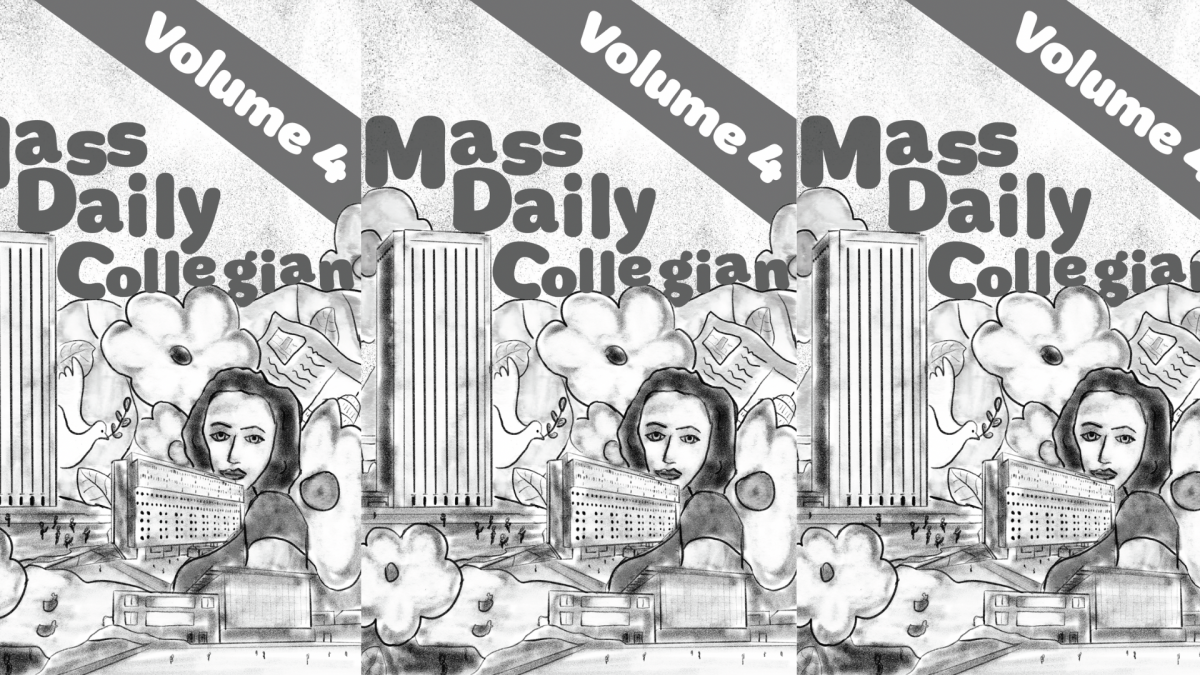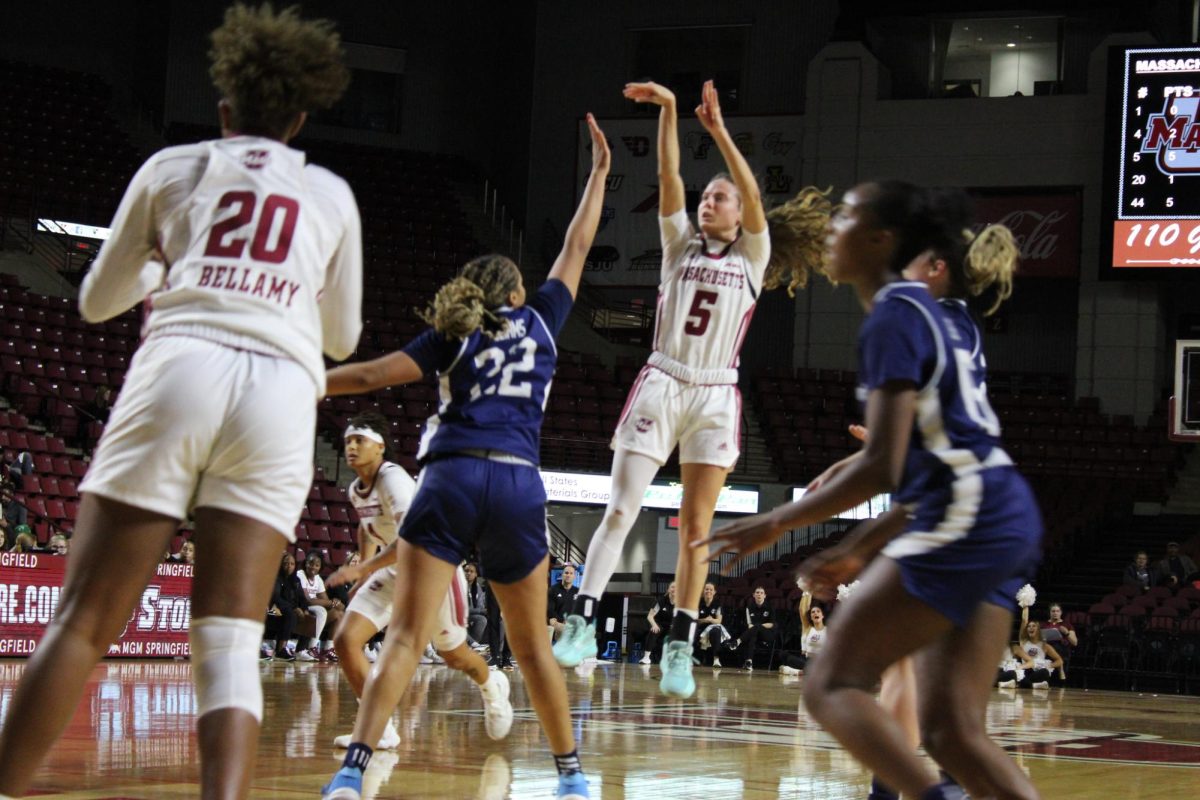In November 2021, the Isenberg School of Management announced that they would cease to allow internal transfers beginning in fall 2022. Similarly, the Manning College of Information & Computer Sciences announced that starting fall 2023, they “will be able to admit only a small number of on-campus students each year, and may not be able to admit any on-campus students in some years.”
In both cases, the colleges cited increased enrollment with limited resources. Isenberg has seen rapid growth, with enrollment between fall 2018 and fall 2021 increasing by nearly 20 percent. According to CICS, the computer science major has seen “rapid growth over the last decade.”
These new policies may have been orchestrated in good faith. Their aim to better support current students is admirable. But what these schools have failed to realize is that by banning internal transfers, they are deepening the racial and gender disparity in the business and tech industries.
A 2021 Time Magazine article found that a record number of women were enrolling in business school. The percentage of women in top MBA programs has increased from 31.8 percent in 2011 to 41.2 percent today. The National Center for Education Statistics found that women earned 49 percent of business master’s degrees in the 2019-20 year.
Just as these numbers are nearing parity, however, Isenberg has decided to shut its doors to a significant portion of potential business students. Computer science is far worse.
According to the Center for Global Development, “Women hold just 18 percent of data science jobs in the United States,” and the problem is only worse in lower-income countries, “where women are less likely to have access to the science, technology, engineering and mathematics (STEM) education that provides a gateway to a career in data science.”
Academia is not without fault, either. The American Association of University Women reports that “Women make up the majority of non-tenure-track lecturers and instructors across institutions, but only 44 percent of tenure-track faculty and 36 percent of full professors.” The STEM field is even more difficult to break into for women. The AAUW reports, “only 15 percent of tenure-track engineering faculty are women, and only 14 percent of computer science tenure-track faculty are women.”
But how do transfer policies affect this disparity?
A National Bureau of Economic Research study found that “only around 26 percent of students enter the University with a pre-declared major.” When broken down by gender, the researchers explained that “individuals in female-dominated majors may expect the lowest median salary – $46,535 per year, while students in male-dominated majors may expect the highest salary after graduation – $58,454 per year.”
Other academic literature notes that “women are far less likely to persist in STEM (science, technology, engineering and mathematics) fields, driven by the fact that they are twice as likely to switch majors.” However, it also explained that there is no evidence that “women are more sensitive than men to low grades.”
The underrepresentation of women in data science is a problem that can lead to biased outcomes in our society. Time and time again, we see algorithms in industry leading to practices or products tailored to white men: mortgage approvals, hiring practices and even crash test dummies.
There has been empirical evidence that women “placed more weight on corporate ethical, environmental and societal responsibilities than their men counterparts” in business school. However, Harvard Business School reports that “only 6.4 percent of Fortune 500 companies are run by female CEOs.”
In a recent journal article from the Academy of Management Learning & Education, the authors found that there is a “pipeline” to enter business school administration. This mechanism, however, has major “leaks” that result in “challenges to the recruitment and retention of underrepresented racial/ ethnic minorities” in business academia.
The article explains that these “leaks” are due to “social closure-discriminatory evaluation, knowledge- and resource-hoarding and the preservation of dominant group identities.”
Other research points out that there is an achievement gap between Black and white students that is caused by structural inequality. A Harvard Business School case study argued that this gap is due to “disparities in the education, income and wealth” experienced by communities of color. They cite a 2019 article that finds “that even when controlling for income, majority non-white districts receive roughly $2,226 less funding per student per year than majority white districts.”
Furthermore, the case study points to the “psychological burden of the achievement gap on African American students,” which has only reinforced this disparity. Specifically, they cite a “stereotype threat” that negatively affects students of color. This threat is a fear of confirming negative stereotypes of intellectual inferiority.
The University’s Office of Equity and Inclusion provides the “Diversity Mission Statement” of the University of Massachusetts on its website. “The University of Massachusetts Amherst, as a public land-grant institution, has a responsibility to provide access and opportunities for all people, while demonstrating our commitment to inclusion of historically underrepresented groups. We believe that a culturally diverse campus is integral to academic excellence and that our students, faculty, and staff should reflect the diverse world in which we live.”
“The University recognizes and values the wide range of voices and perspectives in all spheres of the academic enterprise. The University of Massachusetts Amherst is committed to policies that promote inclusiveness, social justice, and respect for all, regardless of race, color, religion, creed, gender, sexual orientation, age, national or ethnic origin, physical or mental disability, political belief or affiliation, marital status, veteran status, immigration status, gender identity and expression, genetic information, or any other characteristic or status protected by state or federal laws.”
As women and racial minorities fight to achieve parity with their white male counterparts, their struggle is only fueled by policies that limit student potential. If the University truly stands by its “commitment to inclusion of historically underrepresented groups,” it must roll back its transfer policies.
Alex Genovese can be reached at [email protected] and followed on Twitter @alex_genovese1.




















